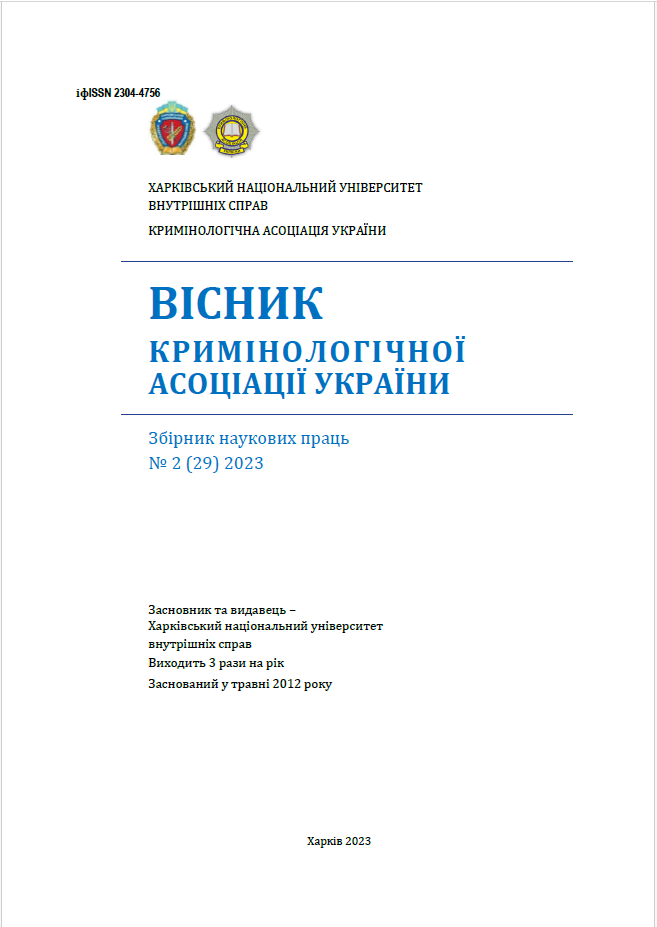THE CONCEPT AND SIGNIFICANCE OF PERSONNEL PROCEDURES IN THE NATIONAL POLICE OF UKRAINE
Main Article Content
Abstract
The article emphasizes that the essence of corruption is the misuse of one’s
official position or influence by an individual for personal gain that is contrary to
the law, ethical norms, or public interests. This phenomenon is characterized by
the abuse of power to achieve private interests, which violates the principles of
equality, justice, and integrity of public service.
It has been established that the characteristics of corruption organically
follow from an understanding of the essence as a set of characteristic features that
distinguish corruption as a socially dangerous phenomenon from other offenses or
crimes. The main feature of corruption is that it is always associated with the
abuse of power or official position, when an official uses the powers granted to him or her for personal gain. Such benefit can be both material (money, property,
resources) and intangible (services, privileges, influence). At the same time, the
personal interest of the corrupt person is placed above public needs, which
disrupts the balance of justice and undermines citizens' trust in government
institutions.
The emphasis is on the fact that corruption is hidden in nature, which
significantly complicates its detection and fight against it. It is accompanied by
collusion, forgery of documents, evasion of transparency and undermining the
principles of honesty and accountability. This phenomenon manifests itself in
various forms, such as illicit gain, embezzlement of public funds, conflict of
interest, illegal enrichment, nepotism or manipulation of public procurement.
It is determined that one of the main features of corruption as an object of
administrative and legal influence is that corrupt acts violate public order and
justice in relations between the state and citizens. They lead to a distortion of the
functions of state power, undermine trust in government institutions, which in turn
reduces the effectiveness of management and the development of socio-economic
processes.
Article Details

This work is licensed under a Creative Commons Attribution 4.0 International License.
